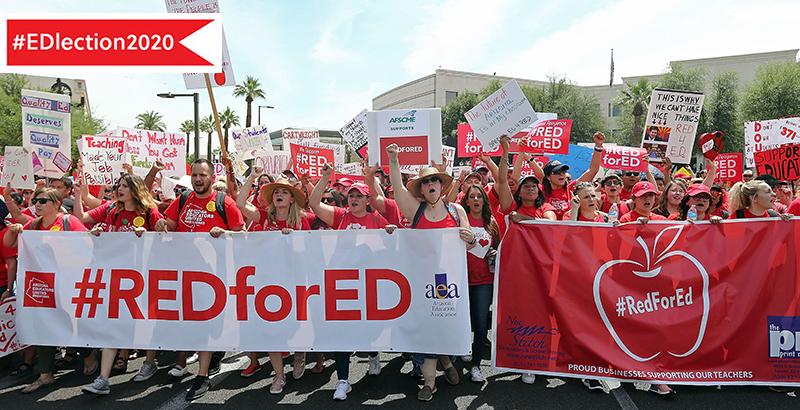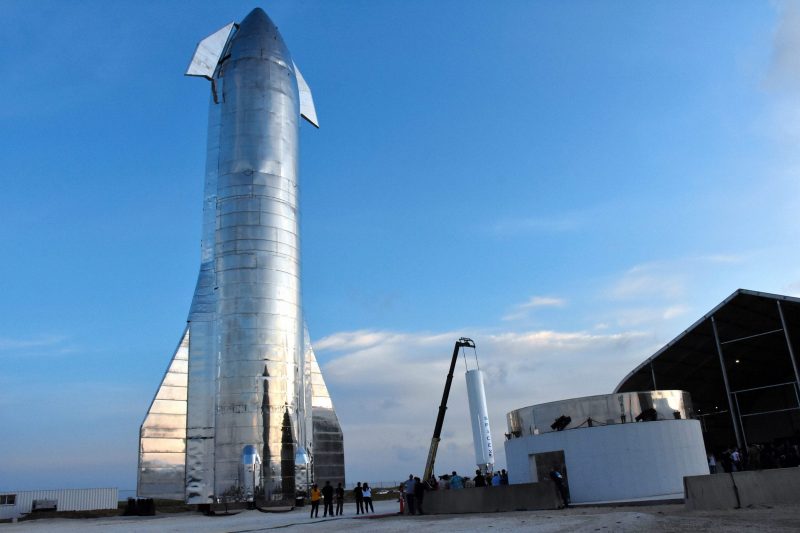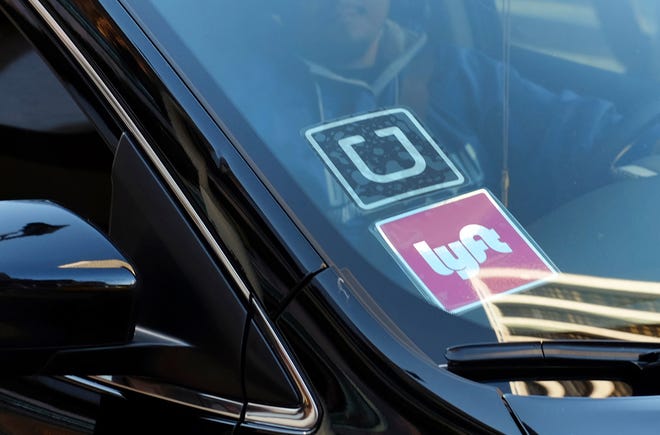By BETH HAWKINS | November 4, 2020

Arizona voters appear poised to pass a tax that would raise nearly $1 billion for teachers and other school staff by imposing a 3.5 percent “surcharge” on incomes of more than $250,000 for single taxpayers and $500,000 for couples. With 85 percent of the state’s votes counted Wednesday afternoon and Proposition 208 ahead 52.6-47.4, the Associated Press predicted the ballot question would succeed.
The money will fund pay increases for teachers and other school personnel, teacher hiring and training, and other initiatives to boost Arizona’s educator corps. The funds will likely be available starting in 2022.
“Voters will have sealed the deal on something that no legislator has had the courage to do, no governor has had the courage to do,” Arizona Education Association President Joe Thomas told azcentral.
The measure has its roots in the teacher walkouts of 2018. Photos of the state Capitol awash in a sea of educators, protesting stagnant wages in now-iconic #RedForEd T-shirts, went viral, sparking walkouts and protests elsewhere.
Frustrated that the Republican-dominated state government would not consider returning education funding to pre-recession levels, the movement’s backers vowed to take their case directly to the people. In the process, they helped energize a wave of Democratic voters, who turned out in 2018 and 2020 in larger numbers than before.
The Invest in Education Act, intended to create a dedicated source of revenue to address those concerns, was supposed to be on Arizona ballots in 2018, but a district court judge agreed with opponents who said the written description to be provided to voters lacked some specifics. In August of this year, the state Supreme Court disagreed, placing it on the 2020 ballot













